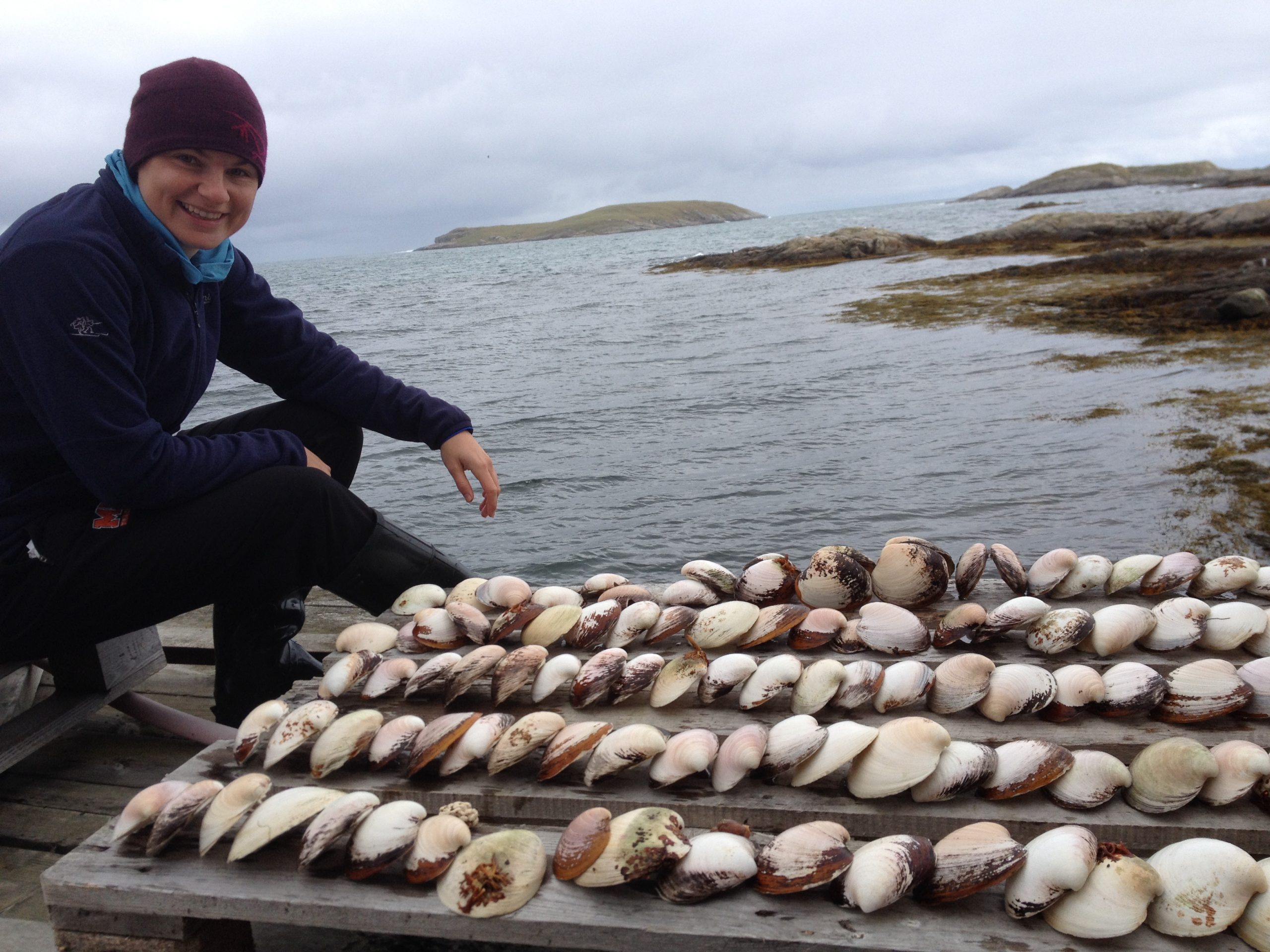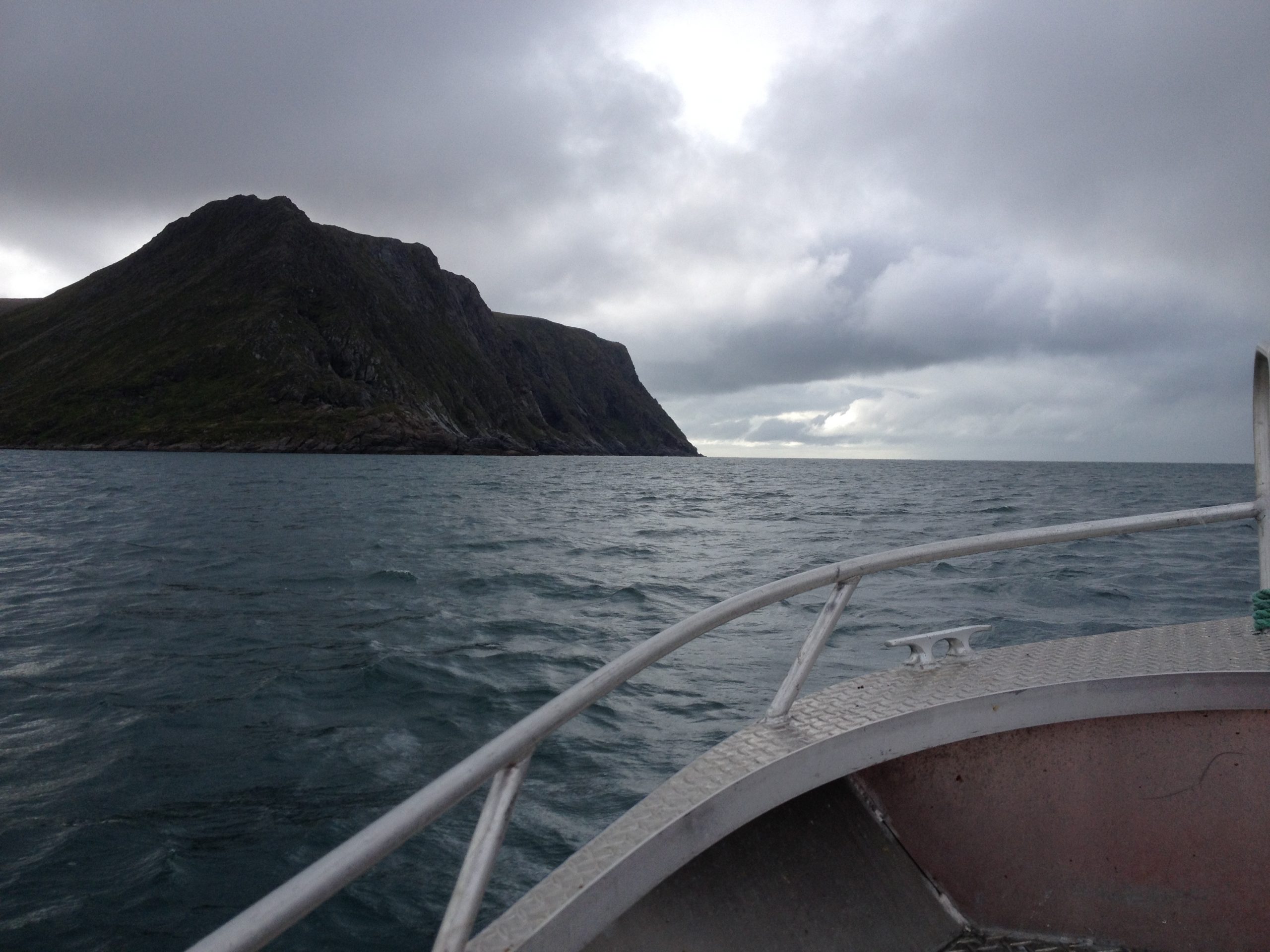Between today and yesterday we collected a lot of shell material that washed up onto the local beach. This “gold mine” of samples will be used to extend the live-caught chronology that Maddie has been developing. We found about 100, well preserved, dead shells near the 6 meter depth site. We will use radiocarbon measurements from these shells to estimate the century in which they last lived. With the process of crossdating, these shells will be linked with the 100-year live caught master shell chronology, using the unique bar-code-like growth pattern in each shell. We intend to establish at least a 400-year master shell chronology to chronicle the changes in ocean currents, namely the Norwegian Coastal Current, and seawater temperatures at this northern site.

To our delight, Fulbright Scholar Randall Hyman published the first of three Discover Magazine blogs highlighting this work. For this article, click here (http://blogs.discovermagazine.com/fieldnotes/2014/08/21/dead-clams-talking-reading-past-climate/#.U_Yf2kgTDVg).To learn more about Randall’s photojournalistic work in the Arctic, click here (http://www.randallhyman.com/).
Search for deepwater clams begins tomorrow:
Michael Carroll, Maddie Mette, and Al Wanamaker have consulted the sediment and bathymetric maps in search of deepwater clams with Captain Thorleif. The purpose of these deepwater clams will be to detail the impacts of the North Atlantic Current on the regional oceanography and climate near Ingoya. Interestingly, the North Atlantic Current flows beneath the Norwegian Coastal Current at a depth of 150 meters or more. Thus we need to establish both shallow and deepwater master shell chronologies to develop a more complete understanding of the relationships among the shell records and large-scale climate.

